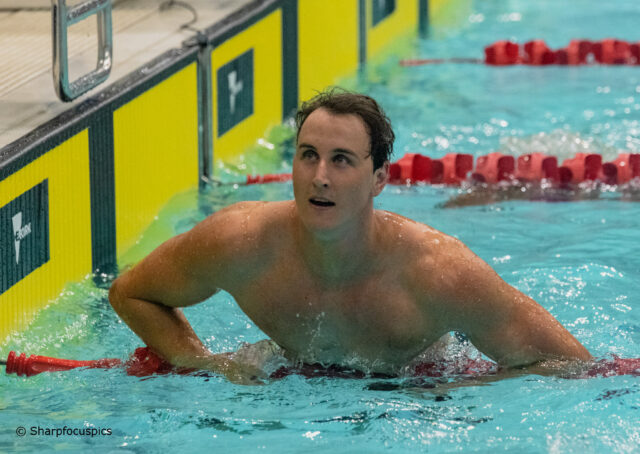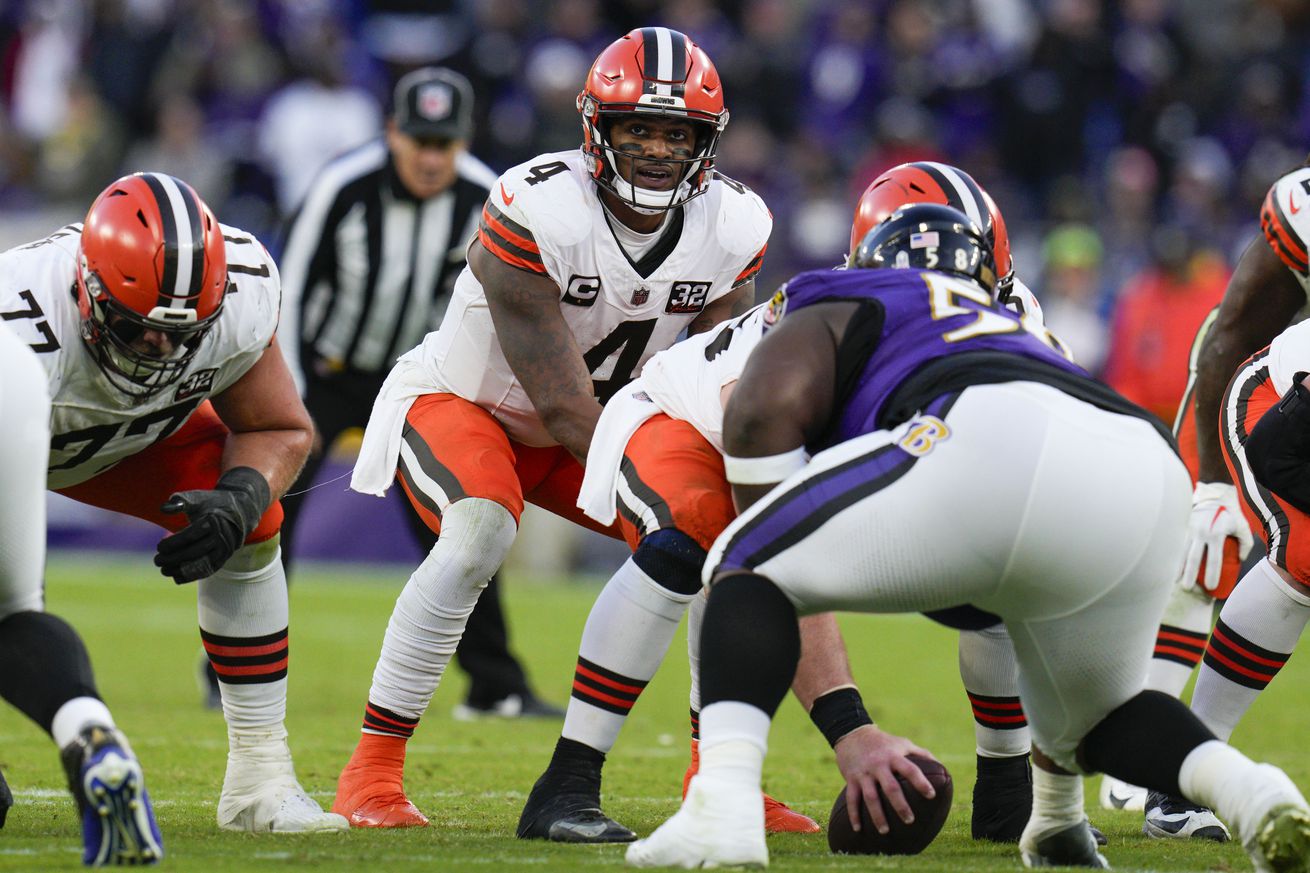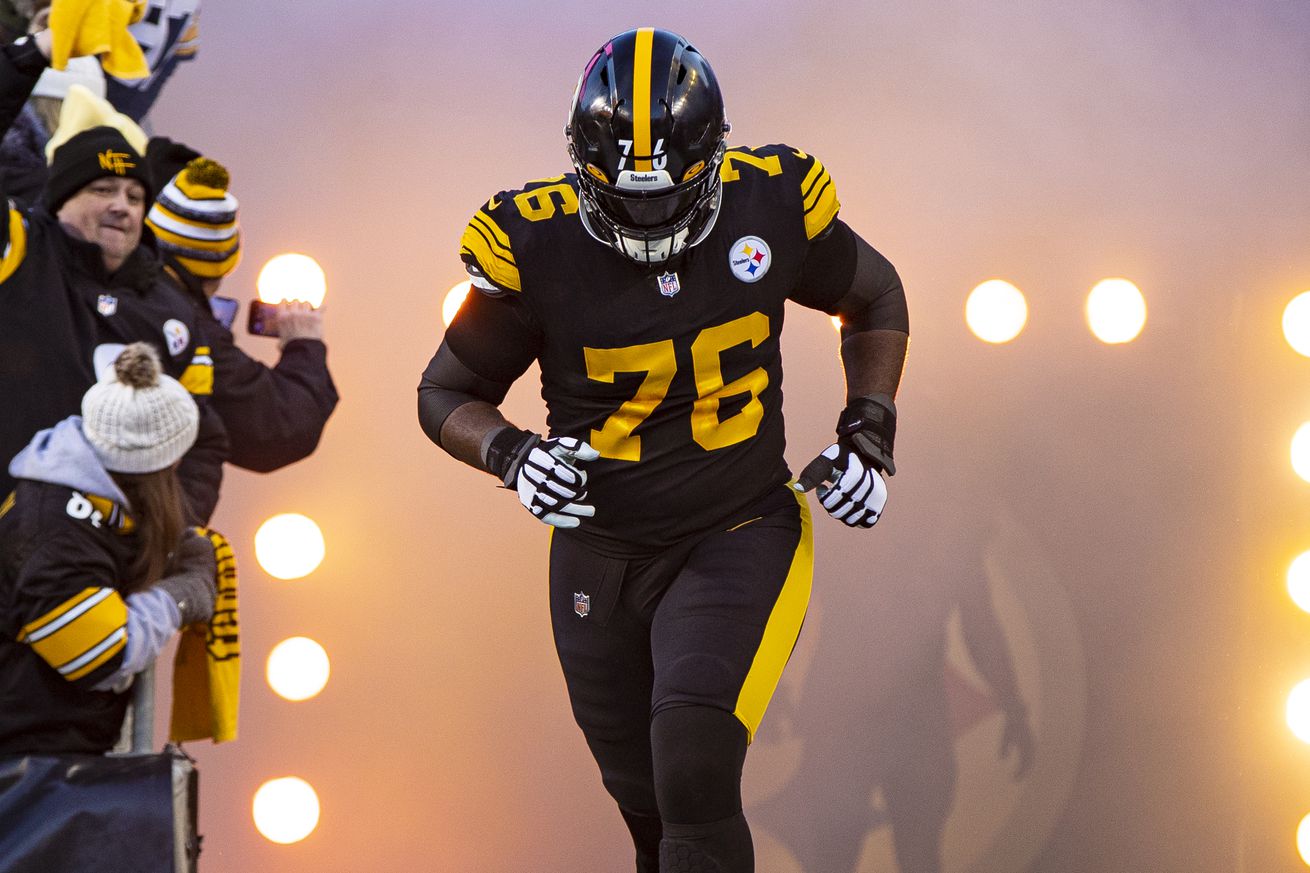In conjunction with the Mets’ offseason review, we’ll be hosting a Mets-focused chat on March 15. You can submit a question in advance, and check back to participate tomorrow.
The Mets had a huge number of players departing via free agency, but owner Steve Cohen signed off on new heights of spending to replenish the roster. In some cases, familiar faces were brought back, but there are also some intriguing new additions. The payroll almost went even higher, as the Mets took center stage in the middle chapter of the Carlos Correa saga. Even though that mega deal ultimately fell through, the Mets still shot way past previous spending records and the highest luxury tax bracket in their aim of putting together another competitive team for 2023.
Major League Signings
- OF Brandon Nimmo: eight years, $162MM
- RHP Edwin Díaz: five years, $102MM, includes club option for 2028 and Díaz can opt out after 2025
- RHP Justin Verlander: two years, $86.67MM, includes conditional player option for 2025
- RHP Kodai Senga: five years, $75MM, Senga can opt out after 2025
- LHP José Quintana: two years, $26MM
- C Omar Narváez: two years, $15MM, Narváez can opt out after 2023
- RHP Adam Ottavino: two years, $14.5MM, Ottavino can opt out after 2023
- RHP David Robertson: one year, $10MM
- OF Tommy Pham: one year, $6MM
- IF Danny Mendick: one year, $1MM
2022 spending: $144.5MM
Total spending: $498.17MM
Option Decisions
- RHP Jacob deGrom opted out of one-year, $30.5MM plus club option remaining on contract
- RHP Taijuan Walker declined $7.5MM player option in favor of $3MM buyout
- RHP Chris Bassitt declined $19MM mutual option in favor of $150K buyout
- Club triggered $1.5MM club option on DH Daniel Vogelbach
- Club declined mutual option on RHP Mychal Givens in favor of $1.25MM buyout
- Club triggered $14MM option on RHP Carlos Carrasco
- Club triggered $775K option on RHP John Curtiss
Trades And Claims
- Claimed LHP Tayler Saucedo off waivers from Blue Jays, later lost off waivers to the Mariners
- Claimed RHP Stephen Ridings off waivers from Yankees
- Claimed RHP William Woods off waivers from Braves, later outrighted off 40-man roster
- Acquired RHPs Elieser Hernández and Jeff Brigham from Marlins for RHP Franklin Sanchez and PTBNL, later named as OF Jake Mangum
- Selected RHP Zach Greene from Yankees in Rule 5 draft, later returned to the Yankees
- Acquired LHP Brooks Raley from Rays for LHP Keyshawn Askew
- Traded C James McCann and cash considerations to the Orioles for a PTBNL, later named as Luis De La Cruz
- Claimed RHP Sam Coonrod off waivers from Phillies
Extensions
- IF Jeff McNeil: four years, $50MM plus club option for 2027
- C Tomás Nido: two years, $3.7MM, covered his final two arb seasons and didn’t extend the club’s window of control
Notable Minor League Signings
- Denyi Reyes, Jimmy Yacabonis, Tommy Hunter, Sean Reid-Foley, José Peraza, Abraham Almonte, T.J. McFarland, Tim Locastro, Michael Perez, DJ Stewart, Jaylin Davis
Notable Losses
- Jacob deGrom, Taijuan Walker, Chris Bassitt, Seth Lugo, Trevor Williams, Tyler Naquin, Joely Rodríguez, Trevor May, Mychal Givens, Dominic Smith, Chasen Shreve, Yoan López
The Mets had a very strong season in 2022, winning 101 games, their second-highest tally in franchise history. However, it ended with a few sour notes. Though the Mets were leading the National League East for most of the year, a scorching-hot Atlanta club blasted past them in the final days of the season to capture the division title and secure a bye through the Wild Card round. That left the Mets to face off against the Padres in a three-game series that they eventually lost.
In the aftermath of that tough finish, the Mets were looking at a challenging offseason scenario, with a great number of impending departures. Brandon Nimmo was the most notable position player heading into free agency, but he was potentially going to be joined by a huge chunk of the pitching staff. Jacob deGrom opted out of his contract, while Chris Bassitt and Taijuan Walker each declined options. The club decided to trigger their option over Carlos Carrasco to prevent a fourth departure. In the bullpen, Edwin Díaz, Adam Ottavino, Trevor Williams, Joely Rodriguez, Mychal Givens, Seth Lugo, Trevor May and Tommy Hunter were all headed out the door. That left general manager Billy Eppler a huge to-do list, but owner Steve Cohen greenlit unprecedented spending in order to get things back in order.
First up was Díaz, who was already one of the most-feared relievers in MLB before taking his game to new heights in 2022. He posted a 1.31 ERA over 61 appearances with a ridiculous 50.2% strikeout rate. Based on that monster campaign, the Mets wasted little time in bringing him back aboard. The day after the World Series ended, the Mets and Díaz were already in agreement on a five-year, $102MM deal, a record-setting guarantee for a relief pitcher in terms of both annual value and total guarantee.
There would still be more work to do in the bullpen, but the switched to the rotation following the Díaz deal. In a span of less than two weeks in early December, deGrom signed with the Rangers, Walker with the Phillies and Bassitt with the Blue Jays. The Mets effectively replaced them by signing free agents Justin Verlander, Kodai Senga and José Quintana.
The deGrom and Verlander moves amount to a swap of aces, though they come at different point in their careers. deGrom will turn 35 in June but has been limited by injuries over the past two years. Nonetheless, he secured a five-year deal from the Rangers. Verlander, on the other hand, is now 40. He essentially missed the entire 2020-2021 seasons, making just a single start in the former season before Tommy John put him on the shelf. Incredibly, he returned to the mound in 2022 and made 28 starts with a 1.75 ERA, earning a Cy Young Award in the process. He tied Scherzer’s record-setting average annual value from the Mets, but on just a two-year guarantee.
Overall, this flutter of moves left the Mets with a strong on-paper rotation, but one with lots of risk. Senga has been an excellent starter in Japan, with a career ERA of 2.42 in NPB and a 1.94 figure last year. However, the move over the Pacific doesn’t always go according to plan, making Senga less than a sure thing. Quintana is coming off a great 2022 campaign but had a real rough showing in the two prior seasons.
There’s also the general looming risk of pitcher injuries to consider, which is present for every team but will be particularly notable with this group. Of the projected starting five, Senga is the only one who’s under 34 years old. Though Senga is just 30, he will be making the transition from Japan where pitchers usually take the ball once a week, to the five-day rotation preferred in North America. It’s virtually impossible for any five-man rotation to stay 100% healthy for an entire season, and this club’s relatively older group might need some extra focus on this department.
It looks like they might have to lean on their depth right out of the gate, as Quintana is set to undergo bone graft surgery to address a benign lesion on his rib and will be out until at least July. Fortunately, the Mets have a solid group of depth starters like David Peterson, Tylor Megill and Joey Lucchesi. They also acquired Elieser Hernández from the Marlins this winter, giving them another option.
In the midst of all that rotation shuffle, the club also took the Díaz approach to Brandon Nimmo, outbidding the field to keep him in the fold. There’s certainly risk in giving an eight-year deal to a player who has long had the injury-prone label, but he’s avoided lengthy absences in the past few years and he was easily the best center fielder available. High-risk options like Cody Bellinger and Kevin Kiermaier were the primary free-agent alternatives, and the trade market lacked options. The Mets clearly preferred to just stick with Nimmo and put down $162MM to prevent him from getting away.
There was one other outfield addition to come later, with Tommy Pham being brought in. He’s long been a strong option against left-handed pitchers and could perhaps take over that specialist role that Darin Ruf was supposed to fill last year. With left-handed hitting Daniel Vogelbach seemingly lined up to be the primary designated hitter, Pham could take the small half of a platoon there, while also occasionally giving the regular outfielders time off on occasion.
The club also decided it was time to move on from the James McCann experiment. He parlayed two good years with the White Sox, one of which was the shortened 2020 season, into a four-year deal with the Mets. But the first two years in Queens were quite dismal and it was decided to make a switch. The Mets signed Omar Narváez and traded McCann to the Orioles, eating most of his contract in the process. That’s a defensible move from a pure baseball perspective, but it’s an expensive one. The Mets will essentially have both catchers on the books and will be paying significant taxes on each, given where their payroll eventually ended up.
Circling back to the bullpen, bringing Díaz back was an impactful move, but there was still much more to do. The club would eventually re-sign Ottavino, in addition to adding David Robertson via free agency. Trades also brought aboard Brooks Raley and Jeff Brigham, while Sam Coonrod and Stephen Ridings were claimed off waivers and Zach Greene was selected in the Rule 5 (though he’s since been returned to the Yankees). There will also be a pseudo new addition in John Curtiss, who was signed a year ago but missed all of 2022 recovery from Tommy John surgery.
As mentioned, all of these moves shot the payroll up to incredible new heights, but it almost went even higher due to the unprecedented Carlos Correa free agency. Correa seemed destined to be a Giant for a time, as he and the club agreed to a 13-year, $350MM deal in December. However, the club raised concerns about something in his physical, later revealed to be his right ankle. The Mets swooped in and agreed to bring Correa aboard for $315MM over 12 years, slightly less than his first agreement. The club already had a shortstop in Francisco Lindor but was planning to install Correa at third, displacing Eduardo Escobar. Correa’s agent Scott Boras reportedly contacted Cohen directly as the latter was vacationing in Hawaii, with Cohen both greenlighting the agreement and discussing it publicly with the media. “I felt like our pitching was in good shape,” Cohen said at the time. “We needed one more hitter. This puts us over the top.”
The holiday slow-down period arrived without the deal becoming official and reports started to emerge that the Mets had similar concerns to the Giants. In a stunning twist, the Mets and Correa’s camp couldn’t get the deal over the finish line and he eventually signed with the Twins on a much smaller $200MM guarantee. The six-year deal with Minnesota is just half the length of his agreement with the Mets, though there are four vesting options that could potentially take the contract to the ten-year mark.
With that deal falling through, the Mets will go into 2023 with a position player mix that’s fairly similar to last year’s club. Pham is a new addition but Dominic Smith is out after being non-tendered. Narváez will swap in for McCann behind the plate and Danny Mendick will be in the mix for a reserve infield role.
The pitching staff has seen much more turnover, but the outlook doesn’t appear to be drastically different. With Max Scherzer still around, the club can still deploy a strong one-two punch at the top of the rotation, with Verlander slotting into deGrom’s place. Carrasco is back and hanging onto a spot, and Senga will replace one of Bassitt or Walker. A healthy Quintana could eventually offset the loss of the other, but the Mets will test their depth early in the season. Peterson and Megill are both solid options who’d likely have rotation jobs elsewhere, and either could capably hold down a spot while Quintana mends. The bullpen ended up retaining Díaz and Ottavino, while players like Robertson and Raley will try to make up for the departures of Lugo, May, Rodriguez and others.
It can be debated about whether the 2023 roster is stronger or weaker than the 2022 version, but it seems to be in roughly the same area. The Mets are still good and should be in competition with Atlanta and Philly for the division yet again — but keeping pace with those clubs wasn’t cheap. Even without Correa on the books, Roster Resource pegs the Mets for a pure payroll of $355MM and a competitive balance tax figure of $374MM. Both of those numbers are well beyond anything in baseball history.
Since the Mets paid the luxury tax in 2022, they will be a second-time payor in 2023. The new collective bargaining agreement significantly pushed the tax thresholds but also added a fourth tier, colloquially dubbed the “Steve Cohen tax,” as it has been seen by many as an attempt to rein in baseball’s richest owner. However, it doesn’t seem to have been terribly effective, given that the Mets have blown past that $293MM tier. As a second time payor, the Mets’ taxation tiers at the four different thresholds are 30%, 42%, 75% and 90%. The CBT isn’t calculated until the end of the season, so midseason moves will change the calculus, but the club is currently facing a tax bill of about $102MM on top of that $355MM payroll. They will also certainly have their top 2024 draft pick pushed back ten slots, as is the case for any clubs going over the third CBT tier.
This staggering commitment to winning is surely welcomed by segments of the fanbase, especially those who were so critical of the Wilpon family for not acting like a big market club during their tenure as owners prior to selling to Cohen. But not everyone around the majors is as enthused, with some of the league’s less-spendthrift owners recently forming an economic reform committee. The goal of this huddle seems to be some early game-planning for the next CBA, with some desiring a hard salary cap that would more adequately handcuff Cohen. That might be difficult to achieve with the MLBPA understandably having no real desire to allow such a cap to come into being, but it’s clear that Cohen’s imprint on the game is going to have reverberations. The current CBA lasts through the 2026 season, so it’s not a short-term concern, but it seems this offseason from the Mets has contributed to a future collision course.
How would you grade the Mets’ offseason? (Link to poll)



















You must be logged in to post a comment Login